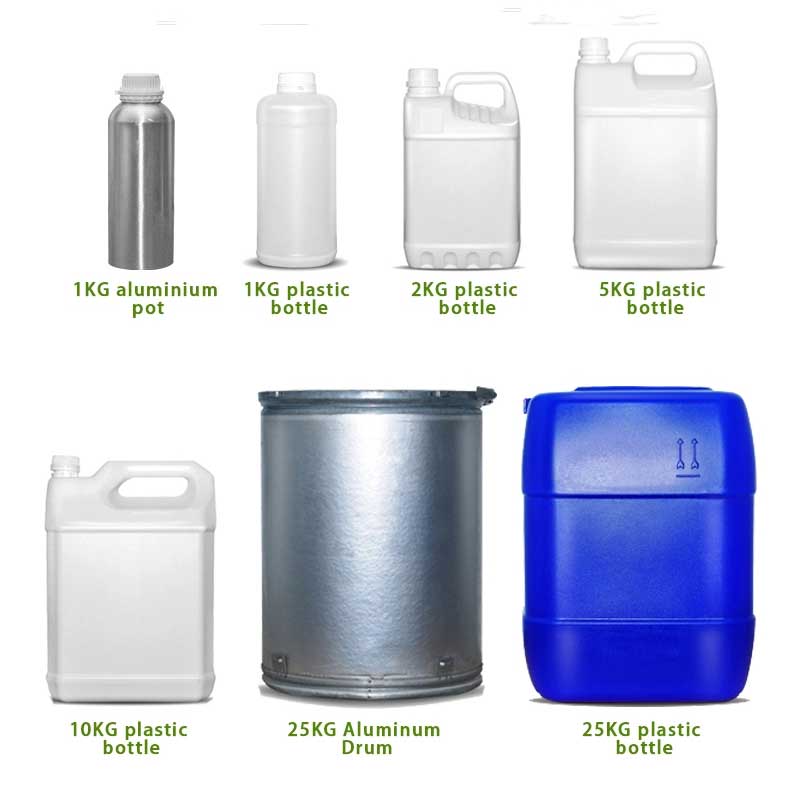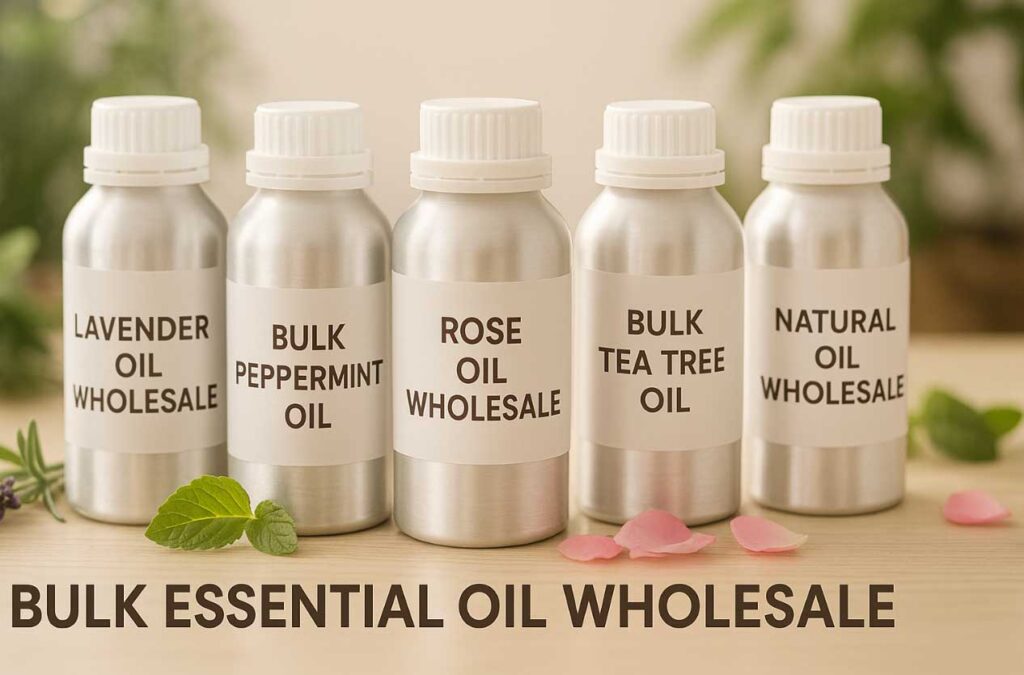The fundamentals of bulk essential oil storage come down to three critical factors: temperature control, oxygen elimination, and proper handling protocols. When you’re managing 25kg drums instead of 10ml bottles, these basics become business-critical systems that directly impact your bottom line.
Smart storage extends shelf life by 200-300% while reducing waste by up to 60%. Whether you’re storing citrus oils that oxidize quickly or sandalwood that improves with age, consistent application of proper storage techniques transforms your warehouse from a cost center into a competitive advantage.
The investment in quality storage systems pays for itself through preserved product quality and customer satisfaction. In the essential oil business, your storage protocols are your profit protection—every drum properly stored is money in the bank.



